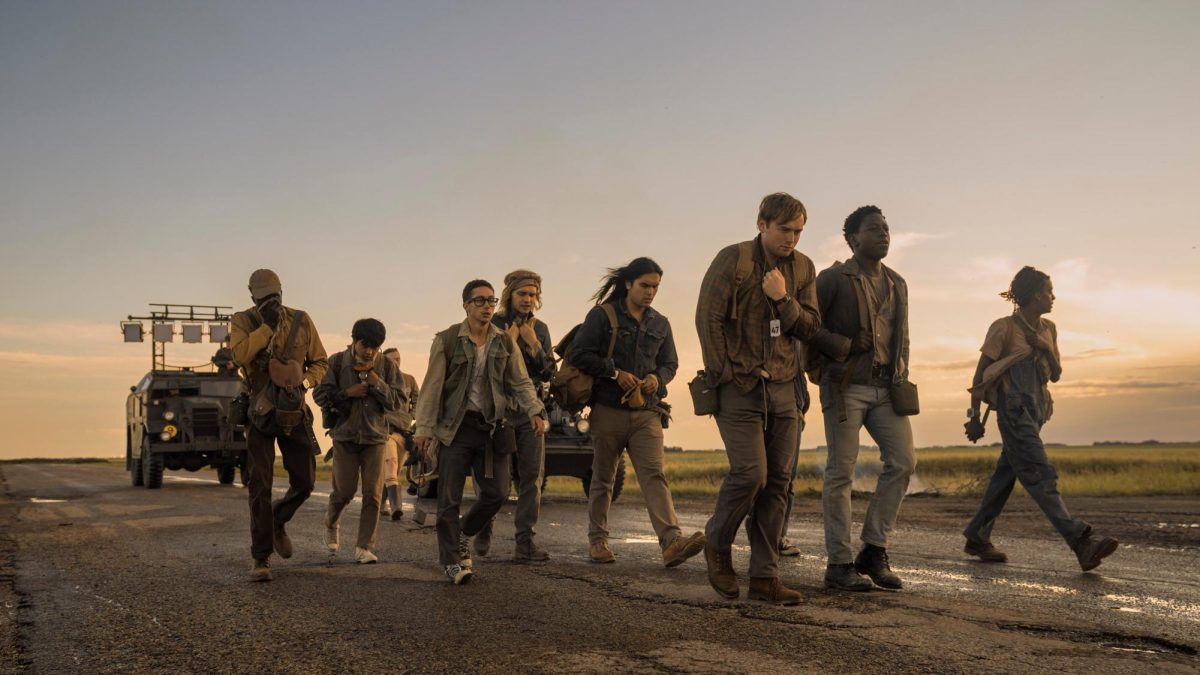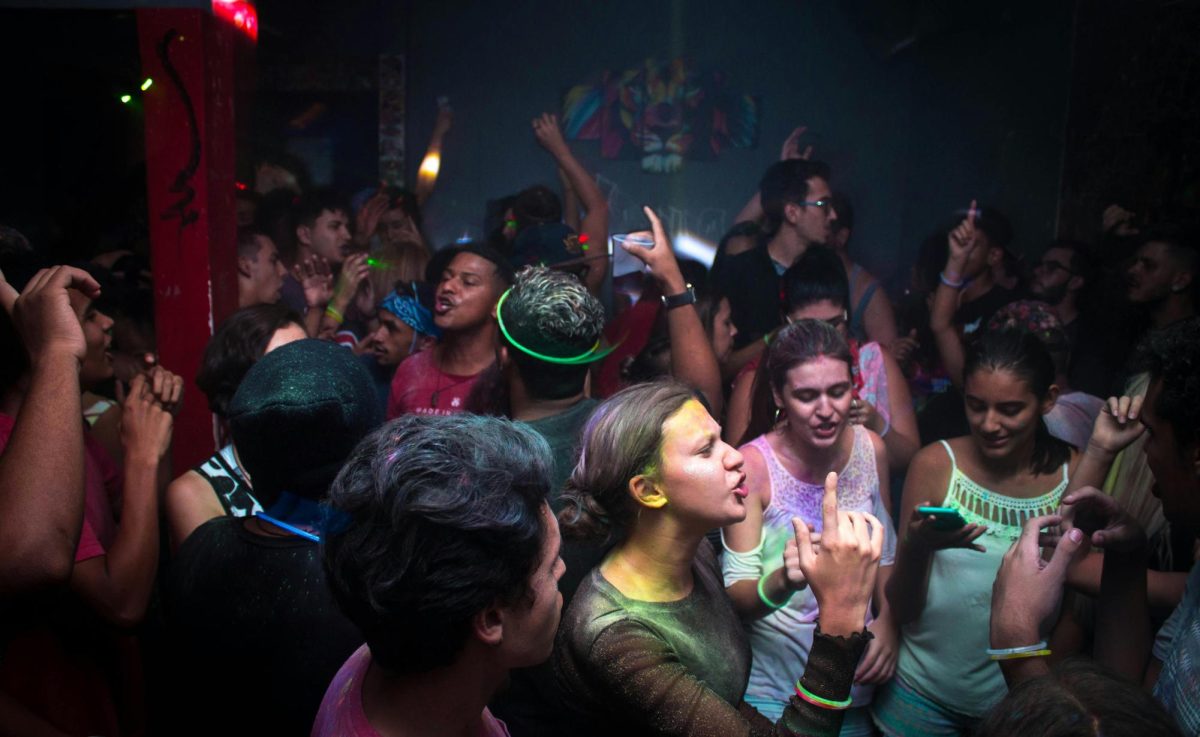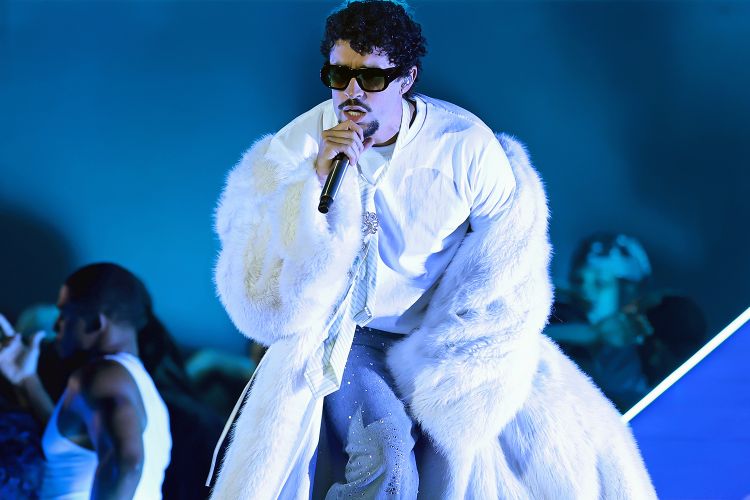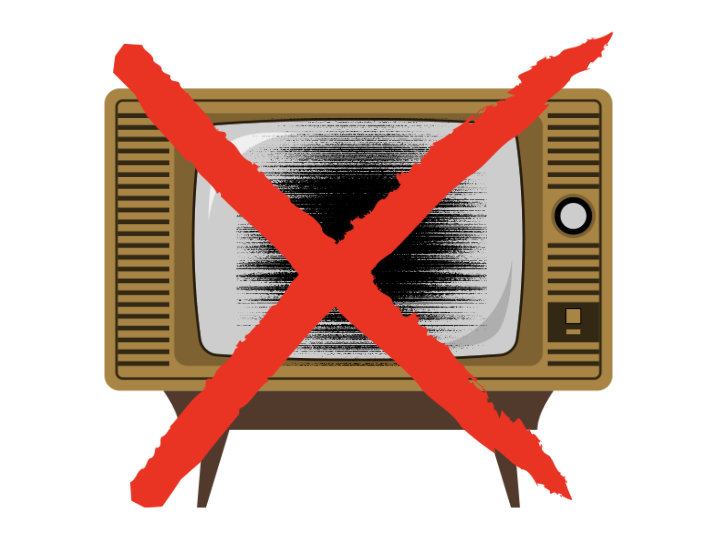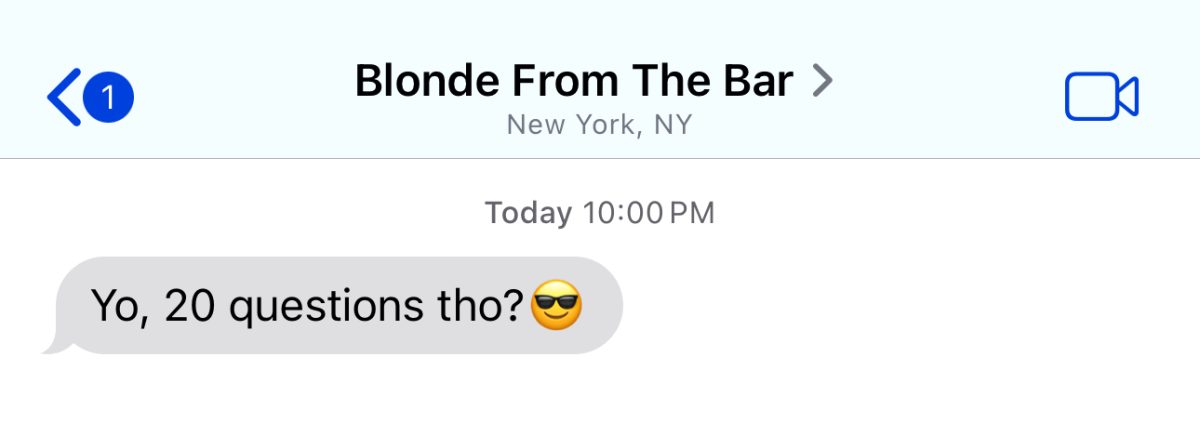A man’s bloody head rests on the concrete as a crowd sings “America The Beautiful”…a haunting scene of a nation that preaches freedom while watching people around the world scream for it. However, “The Long Walk” is not just about the “United” States; it’s about every country that turns a blind eye to a dying world. This movie isn’t just a dystopian drama; it’s a mirror reflecting how governments disguise excessive power as law. As a society, we must ask: at what point do we stop walking? Do the governments’ laws really serve the people? “The Long Walk” shows that systems built on blind obedience, even if they are overthrown by violent rebellions, will not create true liberty until people choose empathy, connection, and simply wake up. This illusion of liberty is not only present in times of rebellion, but it’s also in the laws and institutions that claim to protect us.
Based on Stephen King’s 1979 book, “The Long Walk,” the movie is directed by Francis Lawrence and captures King’s story for a modern audience. The film’s themes of false liberty and control feel as important today as when the book was first published. “The Long Walk” follows 50 men from each state, chosen by lottery to participate in a death sentence disguised as a competition. These men have to keep walking until only one is left, as anyone who stops or slows down for a certain amount of time is immediately shot. The winner, the last one remaining, is granted one wish.
The main character, Ray Garraty (played by Cooper Hoffman), seeks revenge against the Major (played by Mark Hamill), a military figure who symbolizes a corrupt government and who shot Ray’s father for defying the system. Peter McVries (played by David Jonsson), Ray’s closest friend on the walk, dreams of using his wish to help others like himself who’ve been metaphorically walking their whole lives. Peter represents the unsupported: Ray, the rebels. Early in the walk, a boy collapses in pain; Ray risks his own life trying to save him, showing how compassion survives even in a brutal world. Every death after the first is quick, and all acts of uprising result in death.
The final walkers are Ray and Peter. Peter slows down, ready to stop and let Ray win, but Ray convinces him to keep walking. Unexpectedly, Ray is the one who stops walking. His last words, “I can’t see it, but you can, that’s why I love you,” refer to Peter’s optimistic wish for change. Ray dies believing Peter will carry out his wish, but Peter instead chooses violence “for Ray.” The final shot of Peter walking away makes it clear that the cycle of violence remains unbroken, as Peter’s violence mirrors the corrupt system he was trying to stop. “The Long Walk” ends with repetition, not freedom: warning us that violence isn’t the key to liberty. Beyond the film, in real life, we have seen the same cycle play out in movements like Occupy Wall Street. In 2011, there were protests against economic inequality and the wealth gap between the 99 percent and top one percent. It started out as non-violent, but as the number of protestors grew, so did tension between them and the police. Officers claimed that protesters broke city ordinances, so they began using force:utilizing methods of control like tear gas, to get them to leave. This led to some protestors resisting, leading to an ongoing cycle of violence. The cycle always ends with violence and death.
This cycle doesn’t just exist in rebellion; it’s embedded in the laws and systems that claim to protect us. “The Long Walk” is not just a story; it reflects the illusion of the so-called free world we live in. Laws appear as though they protect us, but the oppression facilitated by Jim Crow, the war on drugs and the opioid crisis prove that we’re looking at the world through rose colored glasses. These discriminatory policies, targeting low-income Americans of color, were allowed under the law either blatantly, through a loophole or through manipulation.
Despite the general purpose of laws to create order, they also oppress certain groups, keeping power in the hands of the powerful few. For example, former President Richard Nixon’s war on drugs was marketed to keep communities safe, but failed. Possession of crack cocaine carried a bigger sentence than powder cocaine, and because crack was cheaper, it became more common in low-income neighborhoods: most often black communities due to decades of systemic racism and housing discrimination. Thus, the law targeted Black Americans disproportionately. To break the cycle, we must refuse to walk the paths that only benefit our corrupt government bodies and those with power.
Some may argue that without law or government, society would collapse. However, who decided that a well-functioning society must come from control? If laws must exist, they are meant to protect people, not power. Yet, nature does not have any written laws. Do lions need a bill of rights to know when to hunt, rest, love, or mourn? We are not lions, but maybe we can learn something from them and Mother Nature herself. How can we invent cages and call our world free? Media censorship and book bans, ICE’s human rights violations and endless overconsumption funding capitalistic greed show that our systems, not our instincts, tear the world apart. Maybe there is a middle ground, one where we have laws but they don’t dictate or oppress.
“The Long Walk,” like all great pieces of art, gets people asking questions (I know I had a ton!). In conclusion, systems built on fear are not free societies, and revolutions built on violence cannot create liberation. Don’t be afraid to stop walking and start talking. Peace can often be silent: look for that silence, because true peace and liberation is a loud celebration.

